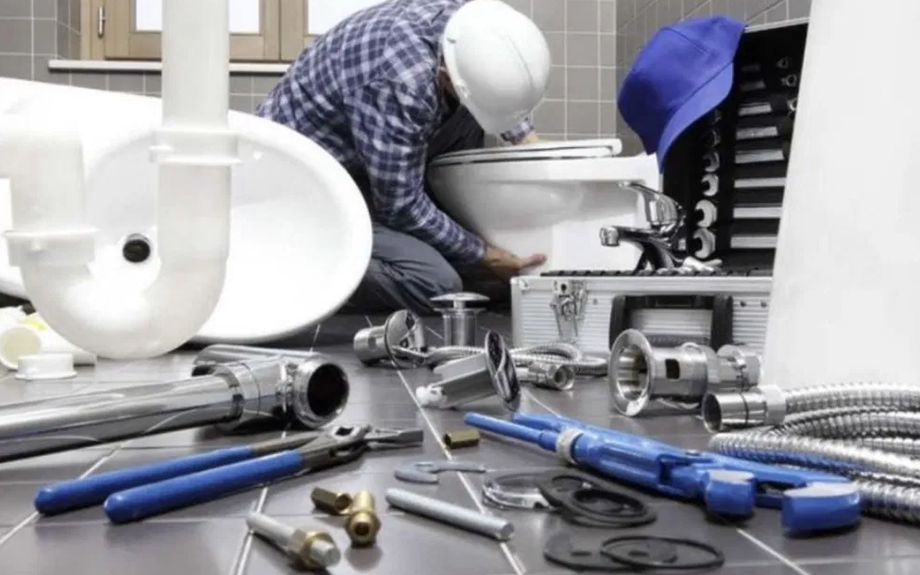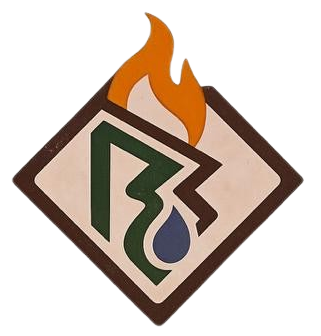How to Get Rid of Mold in Your Bathroom 2025
Protecting Homes in Bolingbrook, IL
Mold growth in bathrooms is a problem that many homeowners in Bolingbrook, IL, know all too well. With the combination of seasonal humidity, changing temperatures, and the natural wear-and-tear of bathrooms over time, mold can become a recurring issue if not addressed properly. What begins as a dark patch in the shower corner can quickly spread, not only causing unpleasant odours but also damaging building materials and putting your health at risk.
Why Mold Is a Concern for Bolingbrook Homes
Bolingbrook’s climate plays a significant role in bathroom mold problems. The area experiences hot, humid summers where indoor moisture levels rise dramatically. Add in cold winters, when windows stay shut and ventilation is reduced, and bathrooms become ideal environments for mold to flourish. Many homes in Bolingbrook also have basement bathrooms, which tend to be poorly ventilated and more prone to dampness from surrounding soil and groundwater.The risks of mold are not just cosmetic:
- It can trigger allergies, asthma, and respiratory problems.
- Mold penetrates behind walls, under floors, and into ceilings, making it difficult to detect until the damage is advanced.
- Structural damage and wood rot become costly repairs if ignored.
Mold spores spread easily throughout the home, allowing colonies to form in multiple rooms.
Expert Guidance on Mold
Professionals stress that mold needs to be addressed thoroughly:
Hector Stewart of Baltimore HCS Home Cleaning Services warns that mold spreads quickly, and protecting your home means acting early.
Robert Weitz of RTK Environmental Group explains that any mold patch larger than 10 square feet should be handled by professionals. He also notes that mold on drywall or sheetrock cannot be treated with bleach; those walls must be replaced.
Michael Rubino of HomeCleanse adds that true remediation requires removing everything associated with mold growth: colonies, roots, spores, toxins, and bacteria. If even one part is left behind, it can grow back.
When to Call a Professional in Bolingbrook
While small areas of mold in a shower corner can sometimes be cleaned safely by homeowners, there are situations where professional remediation is the only smart option. Call in help if:
- Mold covers more than 10 square feet.
- Persistent musty odours or allergy symptoms remain even after cleaning.
- The mold has spread into caulk, grout, or drywall.
- You suspect hidden leaks behind walls or under flooring.
Because Bolingbrook sits near the DuPage River and experiences significant rainfall throughout the year, hidden water intrusion is not uncommon. In such cases, only professional testing can reveal the true extent of mold contamination.
Safety Precautions Before Tackling Mold
For smaller cases of bathroom mold, homeowners may choose to clean it themselves. Safety comes first: wear rubber gloves, protective goggles, and an N95 mask. Ventilate the bathroom by opening windows and using a fan, and avoid mixing cleaning chemicals. One especially dangerous mistake is mixing bleach with ammonia, which creates toxic fumes.
Step-by-Step Mold Removal in Bathrooms
When removing mold, thoroughness is essential. Here’s how experts recommend approaching the task:
- Spot Test – Before applying any solution, test it on a hidden area to make sure it won’t damage the surface.
- Wet and Vacuum – Dampen the moldy surface with water to reduce airborne spores. Use a HEPA vacuum to capture loosened particles.
- Apply a Bleach Solution – Mix one cup of bleach with a gallon of water (never stronger). Spray or wipe it onto affected areas.
- Let It Sit – Allow the solution to remain on the surface for 5–10 minutes. For stubborn mold, use soaked cotton balls to keep the bleach in contact longer.
- Scrub and Rinse – Scrub the area with a nylon brush, focusing on grout lines and corners. Rinse with clean water and wipe dry.
- Use Natural Alternatives – Vinegar, baking soda, hydrogen peroxide, and tea tree oil are effective on smaller areas and safer for long-term use.
- Dry Completely – Ensure every surface is fully dry with towels or fans. Lingering moisture is the biggest cause of recurring mold.
- Monitor the Area – If mold reappears quickly, it may indicate hidden contamination or a water leak that requires professional intervention.
Cleaning Specific Bathroom Items


Bathrooms are full of surfaces and materials that mold can attack. Some can be cleaned; others need replacing:
Shower Curtains and Liners: Wash regularly with a mold-killing additive, or replace them with mildew-resistant products.
Caulk and Grout: If mold penetrates cracked or damaged caulk, replacement is the only solution. New caulk products often include mildew-resistant additives.
Bath Mats and Towels: Wash frequently or replace, since porous fabrics hold onto mold spores.
Mold Prevention for Bolingbrook Homes
The best way to deal with mold is to prevent it from returning. Prevention requires addressing moisture and maintaining cleanliness:
Improve Ventilation
Always use the bathroom exhaust fan during showers and for at least 20–30 minutes afterward. In homes without fans, opening a window or using a small portable fan can make a big difference.
Control Humidity
Humidity levels in Bolingbrook often rise above 60% in summer. Keeping bathroom humidity below 50% is ideal. Use a hygrometer to monitor levels and add a dehumidifier if needed. Air conditioning also reduces moisture indoors.
Reduce Clutter
Bottles and containers in shower corners trap water and slow drying. Keeping surfaces clear allows for quicker evaporation.
Cleaning Routine
- Daily: Wipe down wet surfaces with a towel or squeegee. Spray a vinegar solution or commercial daily shower cleaner.
- Weekly: Wash towels, mats, and scrub damp corners and shower tracks.
- Monthly: Wash or replace shower curtains, liners, and clean showerheads.
Regular Maintenance
Fix leaks quickly, replace aging grout, and check for plumbing issues. If repainting your bathroom, use mold-resistant paint or primer, especially on ceilings above showers where steam rises.
Additional Mold-Specific Guidance
Moldy Caulk: Once mold embeds into cracked caulk, it cannot be cleaned effectively. Replacing it is the only option.
Painting Over Mold: Never paint over mold. It will eventually bleed through. Always remove, clean, and dry the surface first.
Tile and Grout Care: Clean and reseal tile and grout regularly to maintain a mold-resistant surface.
Why Bolingbrook Needs Vigilance Against Mold
Homes in Bolingbrook are uniquely at risk due to environmental factors:
Humid Summers: Create condensation and higher bathroom moisture.
Cold Winters: Closed windows reduce airflow and trap humidity indoors.
Rainfall and Snowmelt: Lead to damp basements and potential leaks.
Older Housing Stock: Bathrooms in aging homes often have worn grout, cracked caulk, or outdated ventilation systems.
This combination makes bathrooms in Bolingbrook one of the most common spots for recurring mold problems.
Final Thoughts
Mold is more than a nuisance; it’s a threat to your health and your home’s structure. While small patches can sometimes be managed with careful cleaning, larger or recurring mold growth in Bolingbrook bathrooms requires professional remediation.
At Rock Bottom Recovery & Restoration, we understand the unique challenges of mold in Bolingbrook homes. From detailed inspections to safe, thorough mold removal, we help homeowners restore their bathrooms and protect their families from hidden dangers.
